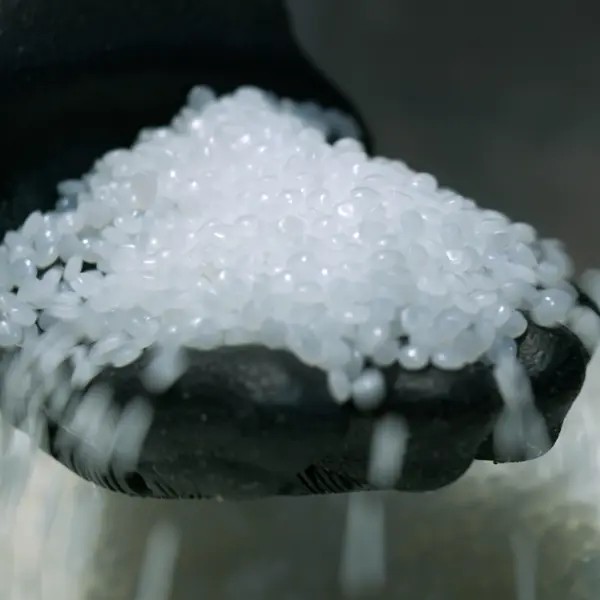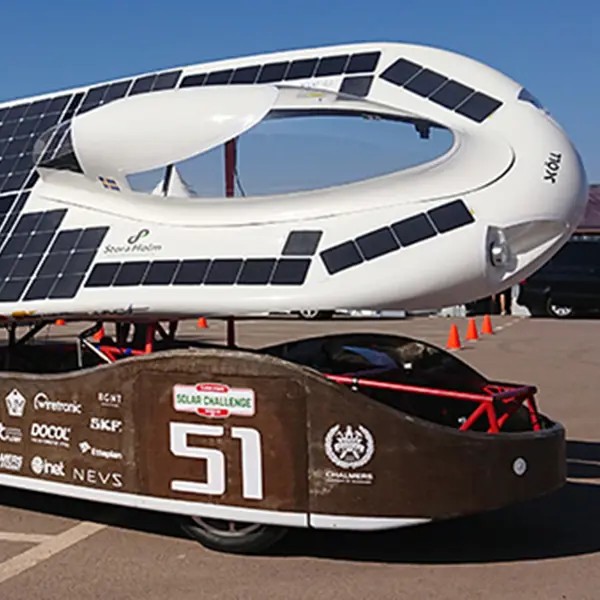



Panel discussions, research results, poster exhibition and an appreciated presentation by the Chalmers Solar team who competed with their solar car in Australia. More than 130 researchers, leaders and students participated and mingled at Energy Area of Advance annual networking day on 17 May in Chalmers' student union building.
“The posters were an incredibly inspiring part of the day, and together they showed both the breadth and the depth of all the exciting energy research being done at Chalmers. The young researchers also contributed to the lively networking discussions during breaks, exceeding our expectations for the day”, says Cecilia Geijer, Associate Professor at the Division of Industrial Biotechnology and Senior Advisor for Chalmers Energy Area of Advance.
The first keynote of the day was 2022 Kraftkvinna and Cloudberry's Head of Development Charlotte Bergqvist, who highlighted, among other things, the need for expertise linked to the major energy transition, electrification, and the role of wind power in it. Wind power investments are profitable, but the authorisation process is a barrier in Sweden.
The second keynote speaker of the day was Anders Ådahl, Member of the Swedish Parliament, who spoke about our country’s energy policy halfway through the mandate period and how Sweden can develop higher education and research.
The audience learnt about the achievements and developments of Energy Area of Advance´s research profiles over the past few years, as well as the progress of the companies with which Chalmers has strategic partnerships, including the latest addition Hitachi Energy.
The Chalmers Solar Team provoked laughter as they told the story of their, the students', challenge to travel 300 miles through the Australian outback - from the start in Darwin to the finish in Adelaide, in a car powered solely by solar energy. There were two turn-offs on the route. If you missed one, you could head straight home. Due to circumstances beyond their control, the students journey ended after 270 miles.
The lessons learned were many - from how to work together to new knowledge about how materials behave in moisture and heat.
It will be interesting to follow the team during next year's competition.
The poster exhibition, and indeed the competition, comprised a total of 35 posters. They covered a wide range of topics, such as hydroelectric power generation with pumped storage, solar cell development, energy storage, searching for wild yeast in honey, sustainable textile waste management, biofuels and sustainable production of fuels from carbon dioxide using electricity.
Three prizes were awarded to the best posters, with a jury scoring each poster and assessing the following:
Overall appearance: The poster is legible and not cluttered with text; any visuals used are effective.
Clarity of content: The research being communicated is easy to understand.
- First prize: Renesteban Forero Franco: Towards Sustainable Textile Waste Management: Exploring Valuable Chemicals Production through Steam Cracking in a Dual Fluidized Bed.
- Second prize: Emmanouela Leventaki and Diana Bernin: Insight om dead-end filtration of microcrystalline cellulose using MRI.
- Third prize: Tatiana Santos Andrade: Heat and power cogeneration for housing: Integrating a fuel cell with a heat pump.



